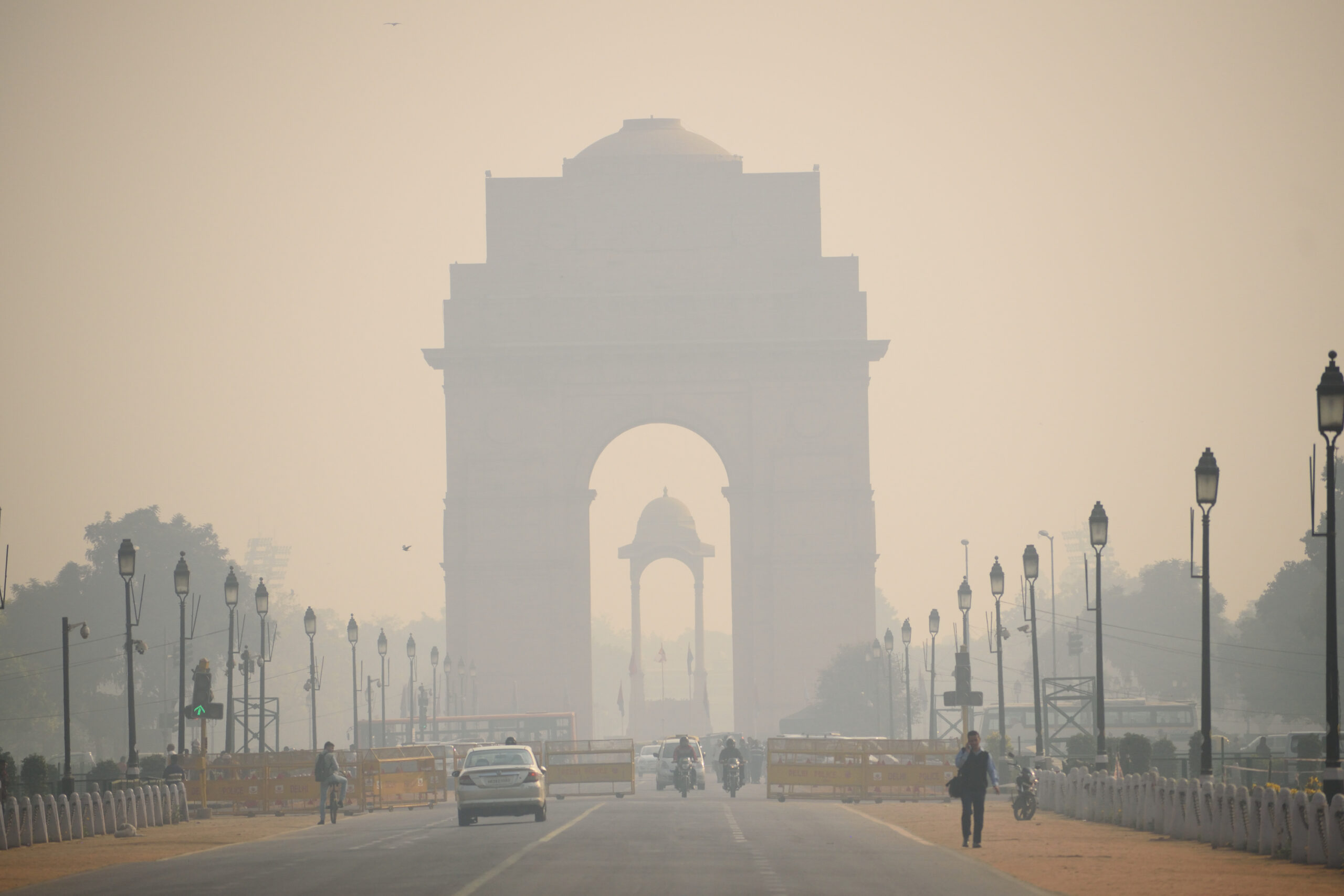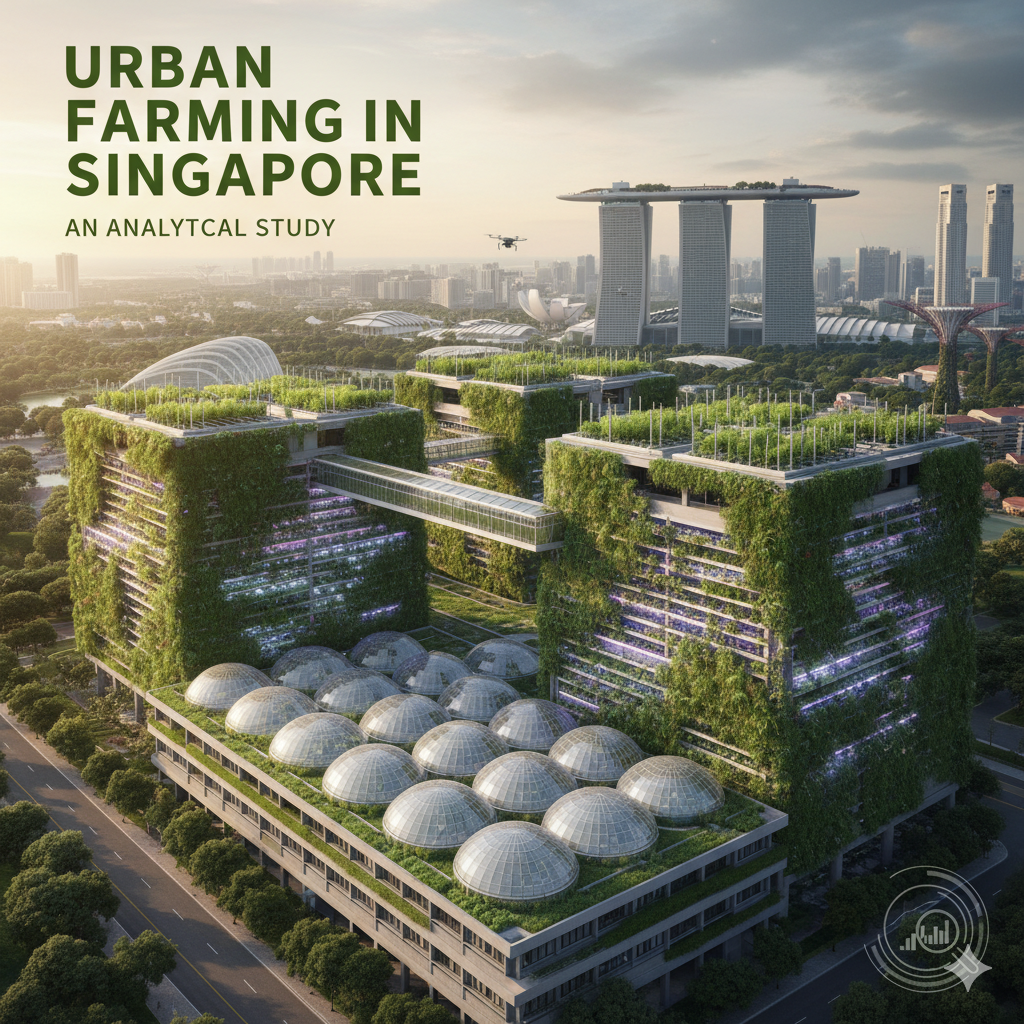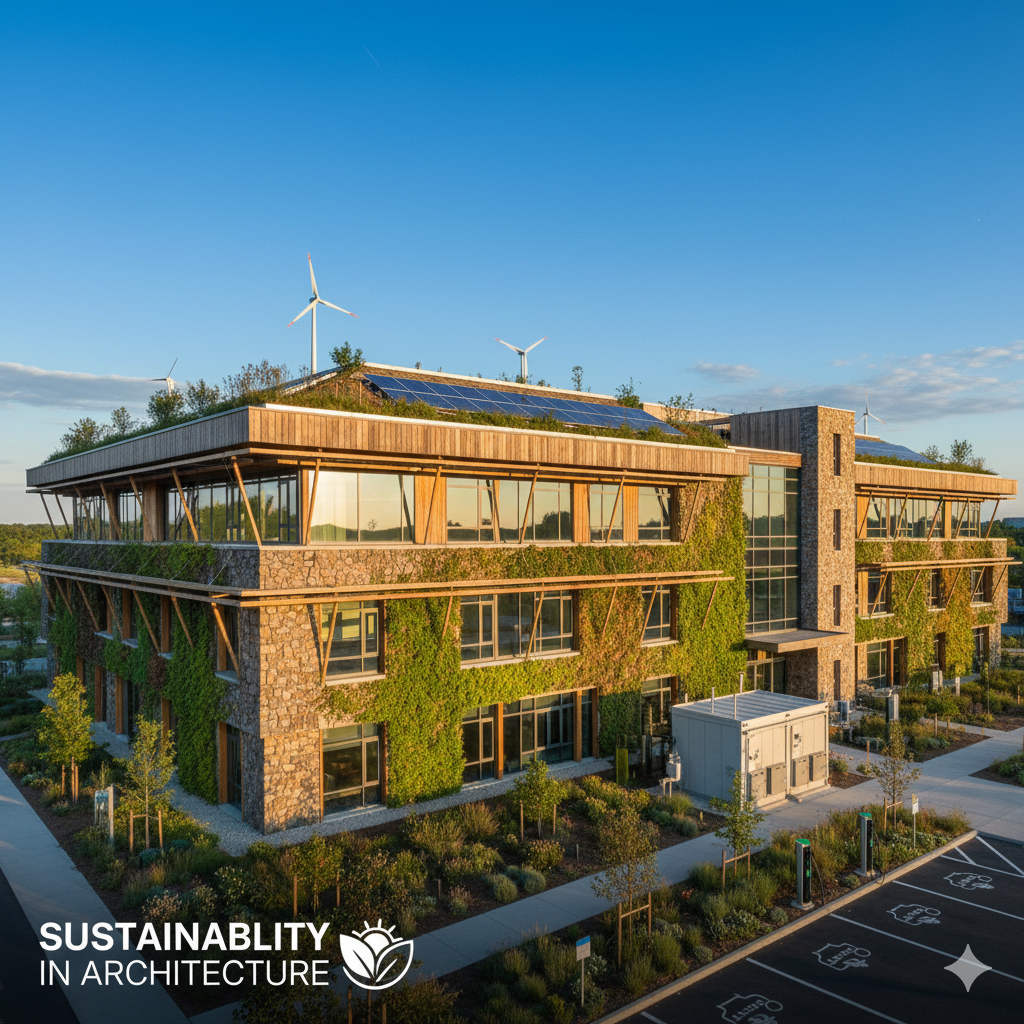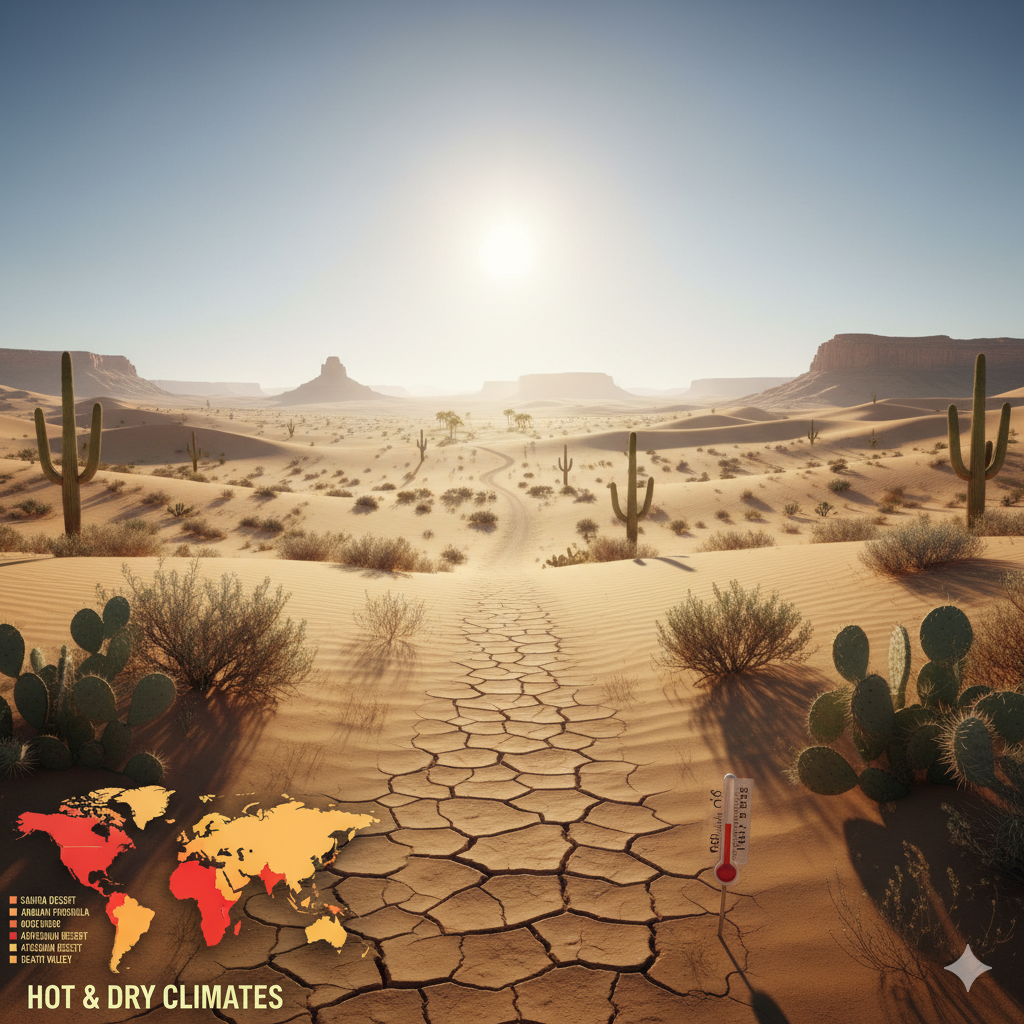Best crop for Hot and Dry climate
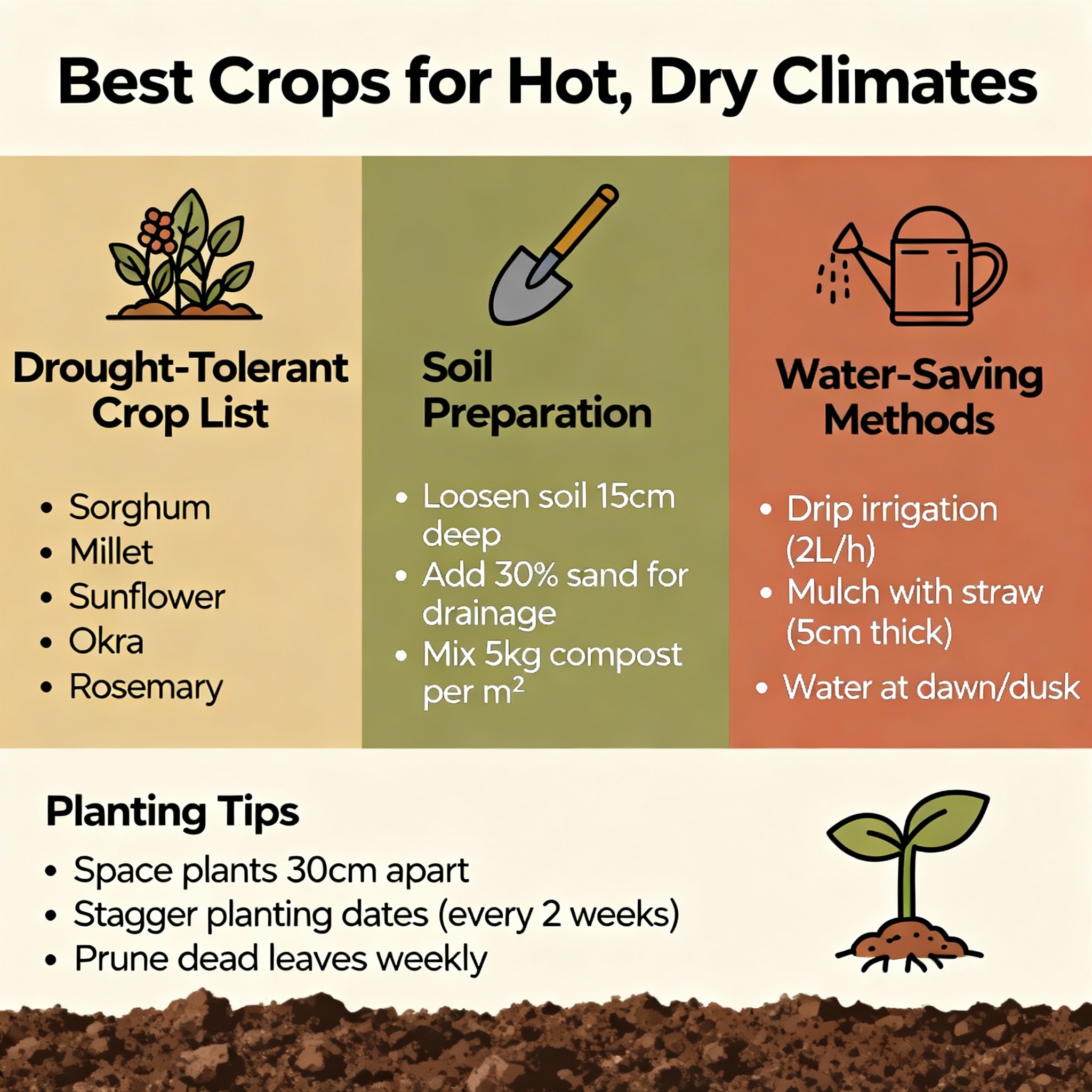
For hot and dry climates, selecting crops that are drought-tolerant and heat-resistant is essential for success. Here are some of the best crops for such conditions:
1. Cacti & Succulents
-
Example: Prickly Pear, Agave, Aloe Vera
-
Why: These plants store water in their leaves, allowing them to thrive in hot, dry conditions. They also require minimal watering once established.
2. Olives
-
Why: Olive trees are highly drought-tolerant and thrive in Mediterranean climates, which are hot and dry. They can survive with little water and still produce a good yield of olives.
3. Date Palms
-
Why: Date palms are well-suited to arid regions. They are resistant to heat and can grow with minimal water once they are established.
4. Lavender
-
Why: Lavender is drought-resistant and thrives in hot, dry environments. It’s not only heat-tolerant but also offers fragrant flowers and is often used for essential oils.
5. Tomatoes (Specific Varieties)
-
Why: Varieties like “Heatmaster” or “Solar Fire” are specifically bred to withstand hot temperatures. Tomatoes can handle dry conditions with enough water at the root zone.
6. Peppers (Bell & Hot)
-
Why: Peppers, especially varieties like chili peppers, are naturally adapted to heat. They do well in hot, dry climates with minimal irrigation once established.
7. Sorghum
-
Why: Sorghum is a drought-resistant cereal that thrives in hot, dry conditions. It’s used as food and also for biofuel production.
8. Pomegranates
-
Why: Pomegranate trees are highly drought-tolerant and thrive in hot climates. They can tolerate long periods without rain, making them ideal for arid areas.
9. Fig Trees
-
Why: Fig trees are well-adapted to hot and dry environments. Once established, they are quite drought-tolerant and produce sweet fruits.
10. Lentils & Chickpeas (Legumes)
-
Why: These legumes are great for dry conditions, as they are hardy and require minimal water. They’re also nitrogen-fixers, improving soil fertility.
11. Sunflowers
-
Why: Sunflowers are tolerant of heat and drought, making them perfect for dry climates. They also grow fast and can be used for seeds or oil.
12. Basil
-
Why: Basil is heat-tolerant and can thrive in dry, hot conditions. It benefits from being grown in well-drained soil and requires minimal water once established.
When selecting crops, it’s also important to consider local soil conditions and availability of water resources. Proper irrigation methods like drip irrigation can make a significant difference in achieving successful harvests.

